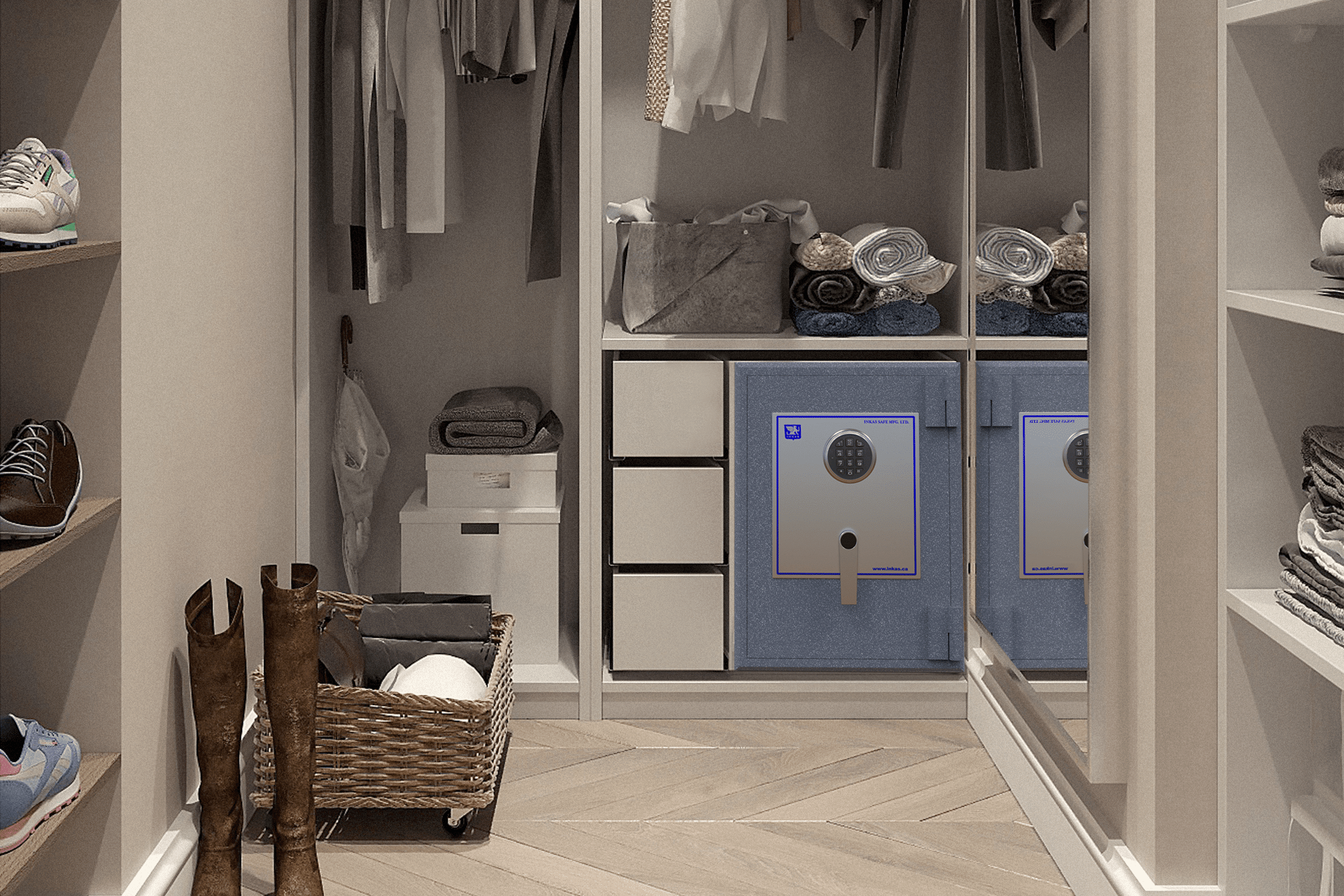
A safe can be a smart investment for your home. Many people assume they don’t need one, but almost everyone has valuables they should store. Moreover, people have different reasons for buying a safe. One person might want to store valuables like jewellery, while another will invest in a fireproof safe to protect important documents. Yet another may want to keep firearms or other weapons out of reach.
If you’re considering a safe, you probably have a few questions. This guide will help you choose the right home safe for your needs.
How to Decide Which Product is the Best for Your Needs
There are plenty of different types of safes, as well as makes and models. How do you know what to purchase?
Consider your own needs as a starting point. What do you plan to store in your safe? If you’re storing antiques or hard drives, you probably have different concerns than someone storing firearms.
Answering this question will guide you to the right product. If you have a collection of antique weapons you want to store, then look into a specialized safe for storing this type of item. If you have important legal documents to protect, then you’ll likely look at a fireproof wall safe.
Another angle is to consider what you’re trying to prevent. Someone storing weapons may be trying to keep them out of the hands of minors. Someone storing documents could be concerned about the possibility of a fire or a flood.
What to Ask Before Buying a Safe
Once you’ve thought about what you want the safe for and the purpose it will serve, it’s time to think about the qualities of the safe itself.
First, what are the safe’s ratings? If you want to store documents, then you’ll likely want a safe with a high fire rating. If you’re less concerned about theft, then a high rating in that category may not be a high priority.
Next, think about the construction of the safe. How thick is the door and the interior of the safe? If the safe is fireproof, what material was used in its construction?
Thicker steel makes a safe more difficult to penetrate or force open. Concrete and cement offer better protection from the elements than gypsum board.
You’ll also want to think about safe placement, including if it’s a wall safe or floor safe. Also think about anchor points. Size is another key here.
Special Considerations for Gun Safes
Choosing the Right Gun Safe: What to Look For
- Size and Capacity:
- Determine the number of firearms to be stored.
- Consider future acquisitions; opt for a larger size for long-term needs.
- Security Features:
- Look for safes with high-grade locking mechanisms (e.g., biometric, combination locks).
- Reinforced steel construction and pry-resistant features are essential.
- Fire and Water Protection:
- Check the fire rating; ideally, a safe should withstand high temperatures for an extended period.
- Consider water-resistant models to protect against flooding or leaks.
- Interior Layout:
- Safes with customizable shelves or racks offer better organization.
- Ensure there’s adequate padding to protect firearms from scratches.
- Weight and Portability:
- Heavier safes offer better theft deterrence but consider floor strength.
- For portable safes, assess the balance between weight and security.
Legal Compliance for Gun Safes in Canada
When choosing a gun safe in Canada, it is crucial to be aware of and comply with the specific laws and regulations related to firearm storage, transportation, and display. Here’s a summary of these regulations:
- Storing Firearms Safely:
- Non-restricted Firearms: Secure with a locking device or store in a lockable cabinet, container, or room.
- Restricted and Prohibited Firearms: Attach a secure locking device and lock them in a vault, safe, or specifically modified room. Automatic firearms should have bolts or bolt carriers removed and stored separately.
- Transporting Firearms Safely:
- Displaying Firearms Safely:
- Non-restricted Firearms: Attach secure locking devices or lock in a secure area.
- Restricted and Prohibited Firearms: Attach secure locking devices and securely attach them to an immovable object. For automatic firearms, remove and separately lock bolts or bolt carriers
Looking for the Perfect Safe?
If you’re still searching for the perfect safe, then it’s time to get in touch with our team! With an enormous selection, there is absolutely an INKAS® safe that will perfectly suit your needs.

